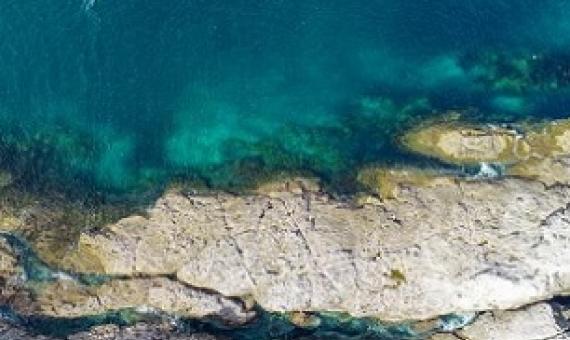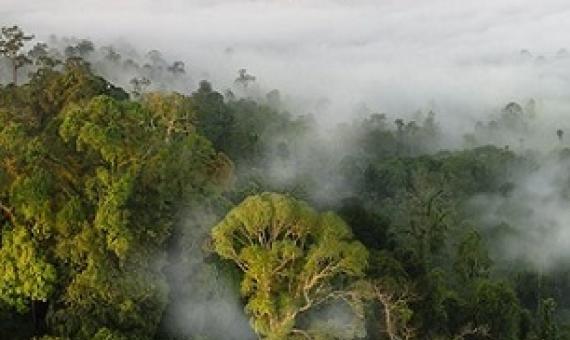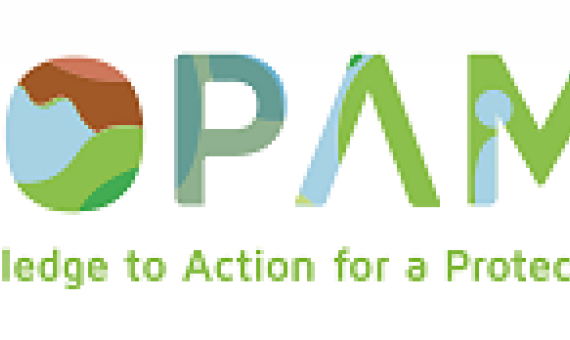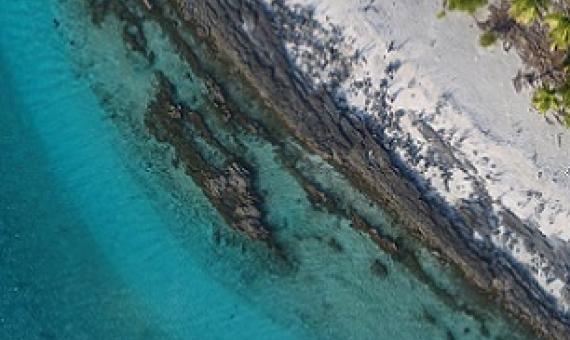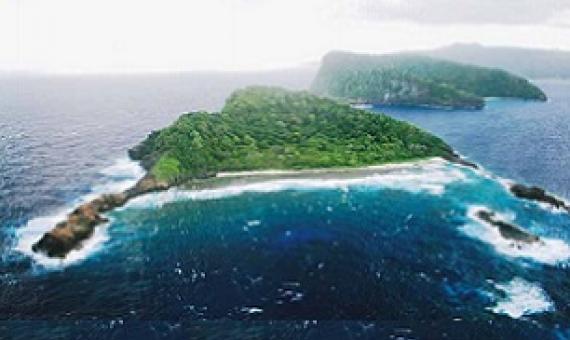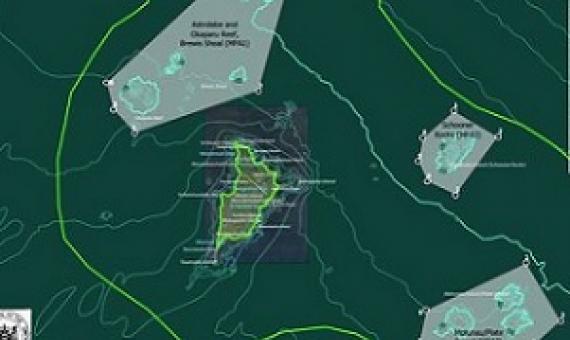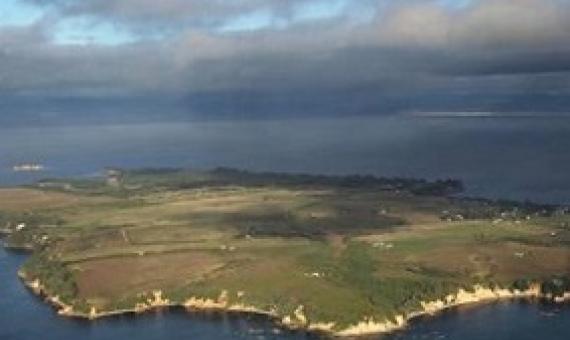Six Coromandel kiwi care groups have received more than $1 million to increase the rate of kiwi recovery and expand their area of protection by 10,000 hectares over the next fours years. The $1,041,320 injection was one of 11 Jobs for Nature projects funded by national charity, Kiwis for kiwi.
In July, the U.N. released a draft of the Post-2020 Global Biodiversity Framework, which called for 30% of Earth’s land and sea areas to be conserved. Known as “30 by 30,” the plan has drawn fire from Indigenous rights activists and their allies, who say that it could prompt mass evictions.
BIOPAMA will be hosting the following event at the upcoming IUCN World Conservation Congress - 6 September from 19:00 - 21:00 'Celebration of protected and consved areas: Success stories from BIOPAMA and BEST.' at the 'Vital Sites for a Protected Planet' Pavilion event.&nbs
For thousands of years, the natural world has allowed human societies to flourish by providing food, water, and materials for shelter and medicine.
Visitors Count! Guidance for protected areas on the economic analysis of visitation
This guidance document aims to build awareness, knowledge, and capacity internationally on how to best undertake economic evaluations of tourism in protected areas, and thereby contribute towards a globally acknowledged standard methodology. We believe that it will serve as a key resource for protected area managers, site managers and their respective natural and cultural heritage agencies, practitioners, academia and consultancies, as well as international stakeholders and donor agencies.
CONSERVING AT LEAST 30% OF THE PLANET BY 2030 – What should count?
This brief seeks to bring clarity to the question of what could count toward the 30% global minimum target. within the context of recognized area-based conservation measures and their ability to deliver positive long-term conservation outcomes. It is based on guidance from the International Union for Conservation of Nature (IUCN) and other published sources, and is consistent with decisions of the Conference of the Parties to the Convention on Biological Diversity (CBD).
Conservation areas have been one of the most successful methods for the modern world to ensure we preserve biodiversity. By declaring areas as protected, the biodiversity (both flora and fauna) is safe from hunting.
A new rule protecting biodiversity off the coast of Motiti Island came into effect this week.
No one will be allowed to take any kind of marine life from three reef areas surrounding Mōtītī Island from tomorrow onwards. This follows a decision made by the Environment Court that has ruled the area's biodiversity and cultural value to be special and in need of protection.
Making Money Local: Can Protected Areas Deliver Both Economic Benefits and Conservation Objectives?
This publication has been developed as a contribution to Phase II of the Two-phase Strategy on Protected Areas of the Secretariat of the Convention on Biological Diversity (CBD) and prepared pursuant to various paragraphs of COP decision XIII/2 on protected areas, in particular paragraph 5(a-e), and paragraph 10 of decision XI/24.

